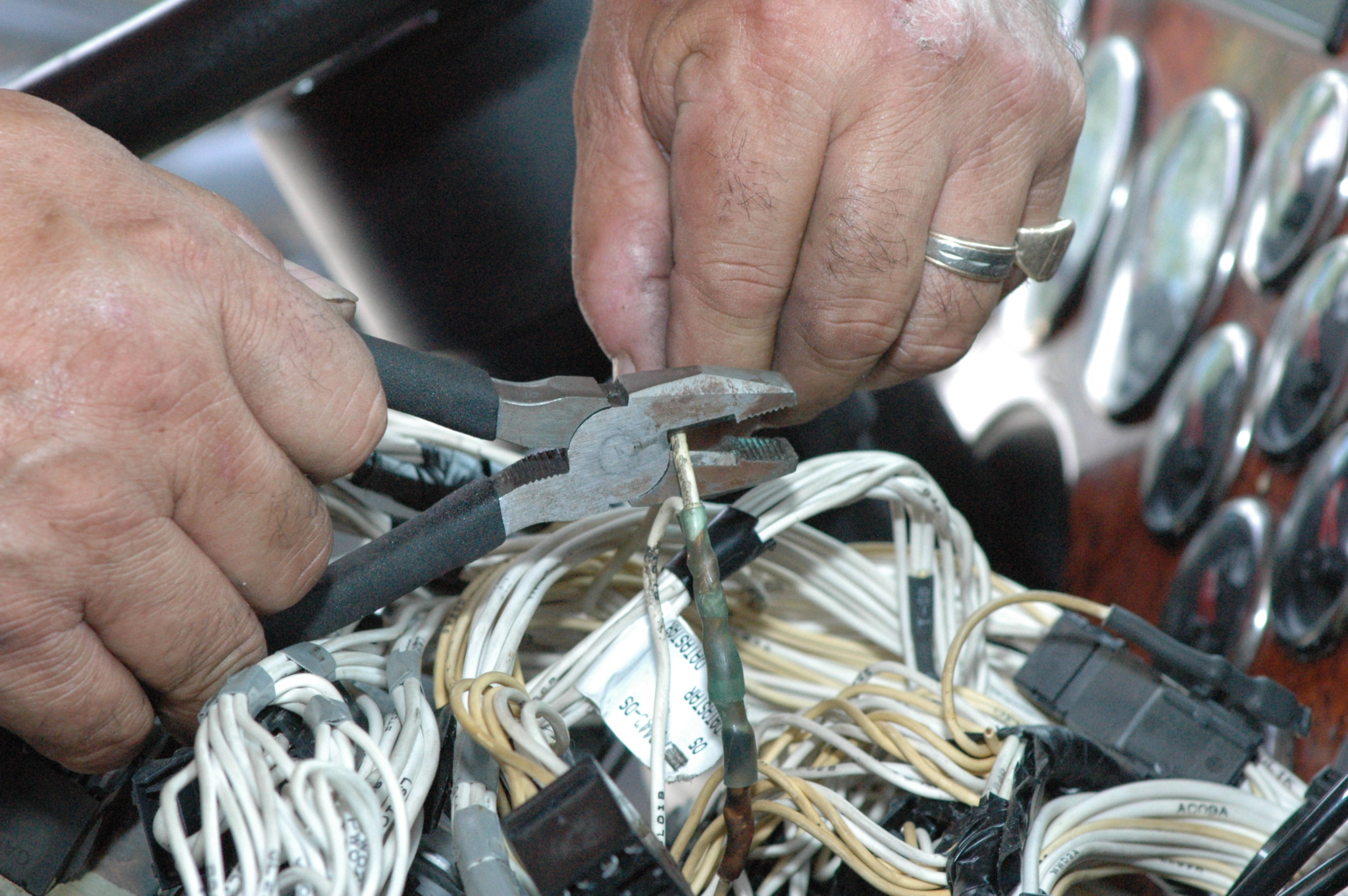Top Tips for Effective Electric System Troubleshooting
Repairing electric systems needs a methodical method, based in a detailed understanding of electric principles and safety protocols. The nuances of reliable repairing expand past simple technological expertise; understanding just how to record findings and focus on safety and security can dramatically affect outcomes.
Understand the Basics
Understanding the basics of electrical systems is important for effective troubleshooting, as a solid structure enables service technicians to identify and deal with issues more successfully. An extensive grasp of electrical principles, such as voltage, existing, resistance, and power, is vital in identifying the origin creates of issues. Voltage is the electric prospective difference that drives present via a circuit, while resistance opposes the circulation of existing, affecting the overall performance of the system.
Knowledge with circuit components, consisting of resistors, capacitors, diodes, and switches, is also extremely important. Each component plays an unique role in circuit habits and can impact efficiency when malfunctioning. Furthermore, recognizing series and parallel circuit configurations is crucial, as these setups influence the distribution of voltage and present within the system.
Professionals have to be conscious of possible dangers, such as shock and short circuits, to execute secure troubleshooting techniques. By grasping these foundational concepts, service technicians improve their capability to carry out efficient diagnostics and fixings, inevitably leading to improved efficiency and dependability of electrical systems (electrical system troubleshooting).
Gather Necessary Tools
Reliable troubleshooting of electrical systems needs the right collection of tools to diagnose and settle problems accurately. Vital tools consist of a multimeter, which gauges voltage, present, and resistance, permitting for precise analyses of electrical parts.
Additionally, protected hand tools such as screwdrivers, pliers, and cable pole dancers are vital for safely controling electric links. It is additionally advisable to have a circuit tester available to validate the visibility of voltage in outlets and cables. For more facility systems, a thermal imaging electronic camera can assist identify overheating components, suggesting possible failures.

Adhere To an Organized Technique
Having gathered the appropriate tools, the following action in fixing electrical systems is to follow an organized strategy. A systematic approach makes certain that professionals can recognize faults effectively and accurately, minimizing downtime and protecting against unnecessary repair services.
Begin by assessing the system's schematic representations and specifications. Understanding the layout and operational criteria will certainly provide context for detecting problems. Next, separate the issue area by utilizing a procedure of elimination. This involves monitoring each component methodically, beginning with the power resource and functioning towards the lots.
Make use of testing tools, such as multimeters and oscilloscopes, to gather unbiased data concerning voltage, present, and resistance at various factors within the system. This empirical proof will assist your troubleshooting efforts and aid to confirm or remove potential reasons of failure.
In addition, think about ecological variables that may affect the system's performance, such as temperature level changes or dampness ingress. A comprehensive assessment of wiring, links, and elements will certainly ensure that all possibilities are accounted for.
Paper Your Searchings For
Thorough paperwork is necessary in the repairing procedure of electric systems. This practice not only help in recognizing the root reason of the problem however additionally offers as a referral for future fixing efforts.

Additionally, keeping a log of components replaced or fixings done is vital. This info sustains stock management and can aid analyze the long life and reliability of details elements.
Ultimately, the documentation procedure ought to be detailed yet concise, making it possible for very easy access and testimonial - electrical system troubleshooting. By prioritizing thorough paperwork, technicians can develop an important expertise base that not just aids in current troubleshooting yet also encourages future upkeep efforts, therefore enhancing total system dependability

Prioritize Precaution
Identifying the fundamental risks connected with electric systems is important for making certain safety throughout troubleshooting. Electric shock, burns, and equipment damages are just a few of the prospective hazards that technicians encounter. Prioritizing safety procedures is not only a legal obligation however also an ethical important that safeguards both the specialist and the surrounding setting.
Before beginning any troubleshooting task, professionals ought to put on suitable individual safety equipment (PPE), including protected gloves, shatterproof glass, and flame-resistant apparel. Making sure that the workplace is dry and devoid of clutter can dramatically reduce the danger of crashes. It is important to de-energize circuits before starting any type of work, verifying that they are not live with the usage of a multimeter or voltage tester.
Developing clear communication procedures with team participants is additionally essential; this ensures that everyone knows prospective dangers and the standing of the electric system being serviced. Having an emergency reaction plan in area can prove very useful in the event of an incident. By focusing on precaution, specialists can efficiently mitigate dangers and promote a safer office.
Final Thought
Reliable electrical system repairing relies on a detailed understanding of essential principles and a methodical strategy. By gathering crucial devices, sticking to methodical examination techniques, and carefully documenting findings, the troubleshooting procedure comes to be more effective and trusted. Prioritizing security measures ensures the well-being of individuals involved and the integrity of the electrical system. Applying these approaches will enhance the repairing experience, resulting in quicker resolutions and boosted operational efficiency in electrical systems.